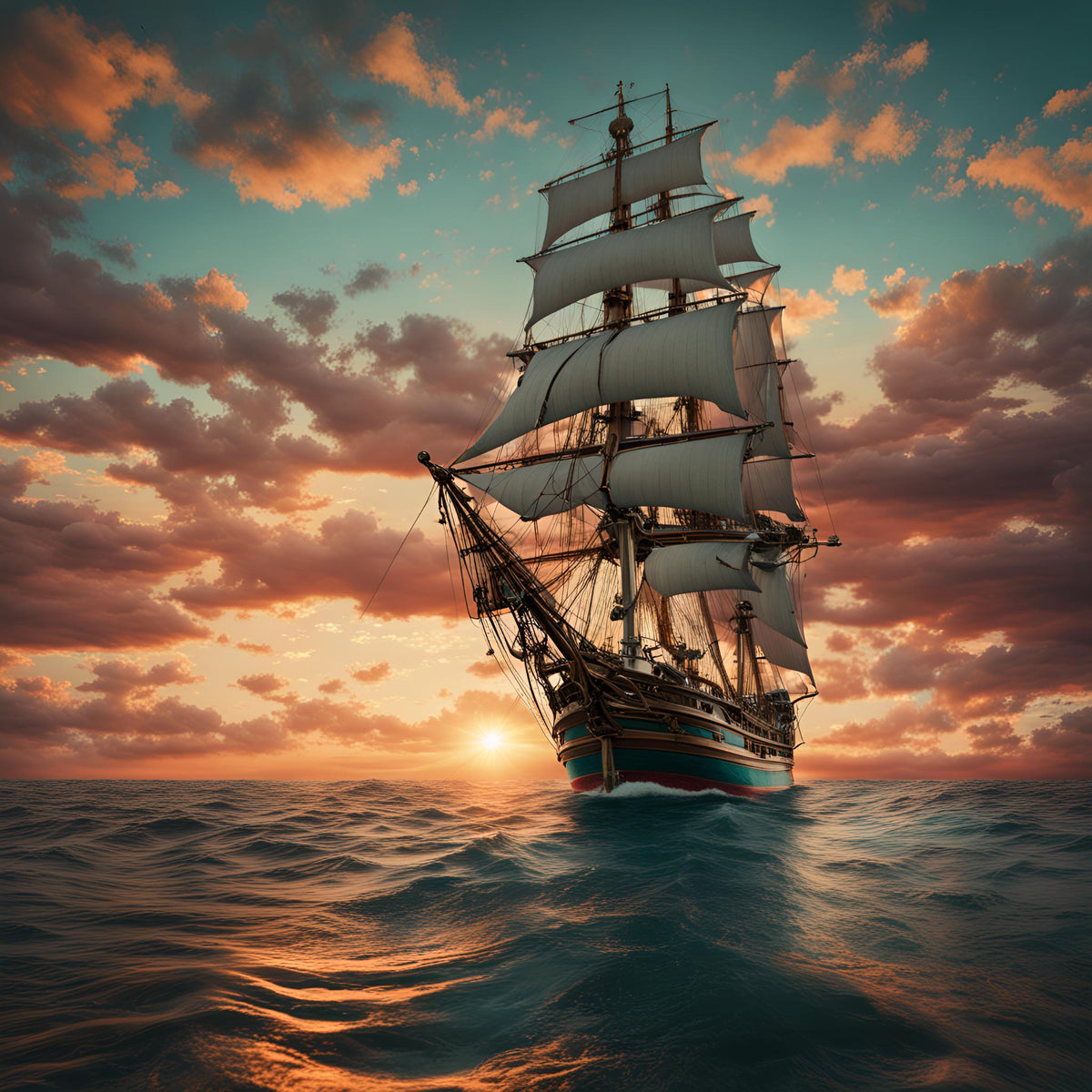It's December so I'm going to take a flying leap and guess the rest of your life is filled with deals demanding your credit card and tasks commanding your attention.
So how about a mini moment of escape?
I invite you to time travel with me, back to the 19th century. It was an era with plenty of problems, but for our purposes, blissfully free of email, mall Santas, and will-he-or-won't-he destroy Twitter speculation.
For fun, let us choose the beginning of 1851. And why not? Later this year, Sojourner Truth will ask "Ain't I a Woman?," two men will start a newspaper they decide to call The New York Times, and Queen Victoria will open the Royal Yacht Squadron Regatta to non-members for the first time, allowing a scrappy pilot boat named America to take home the re-named cup.
In 1851, we live in a mostly local world. We know not only our neighbors but most of their cousins too. And yet our lives are increasingly filled with goods that travel to and from the far corners of the earth—the greatest luxuries like young hyson tea from Canton and ripe oranges from Rio, as well as basic staples like shovels—desperately needed by the shanty town of San Francisco to dig all that gold from its hills.
It is a time when shipping is meant in the literal form of the word: on ships. Boxes and casks are loaded from wharves to holds, where it's hoped they won't rot, mold, or be damaged by rats, insects, or bilge water in the three to six months it can take to reach market. As soon as a ship leaves port, it becomes an island, it's crew isolated from all of humanity—not to mention hardware stores, medical attention, and the judicial system—until they drop anchor an ocean or two away.
Most of the goods move on plodding merchantmen—the slow, stubby Clydesdales of the shipping world. But a very few things are suddenly worth the expense to send with the greatest possible speed. Steam power exists, but is nowhere near efficient enough for long runs, and a new ship is required that will push the very limits of wooden boatbuilding. Based on the skinny hull of old Baltimore privateers but with the addition of a third raked mast, the Clipper Ship is born. She quickly becomes the thoroughbred racehorse of the seas, where she will have a brief but highly romantic run of history. And in our world—at the start of 1851—we can count all clippers in existence on a single hand.
But one is about to launch who will leave her mark on history for all time.
Welcome to the world I have been time-traveling to for 3-4 hours every morning as the sun rises and the next novel's word count grows. I'm having such fun with it that I thought you might like to join me.
Also below are a few snaps from my visit to the Cutty Sark in London years ago to give you a visual sense. She's not the ship of my novel—she was technically built in 1869—but she's a prime example of a clipper. And it's good thing too because she's the only surviving one. She's also the inspiration for a certain whiskey. Ahem.
Either way, maybe, just maybe, the next time you get free two-day shipping, you will consider it a technological marvel as unimaginable as light speed travel. 🙂
Fair winds,
Cheyenne




0 comments